Chia seeds, once a staple in ancient Aztec and Mayan diets, have evolved into a modern superfood known for their immense nutritional value and health benefits. Packed with omega-3 fatty acids, fiber, protein, antioxidants, and essential minerals, chia seeds are now widely used in everything from smoothies and energy bars to vegan puddings and health supplements. But have you ever wondered which country leads the world in producing this tiny yet powerful seed? Let’s explore the global chia seed industry, and find out which nation holds the crown for being the largest chia seed producer in the world.
A Quick Look at Chia Seed Origins
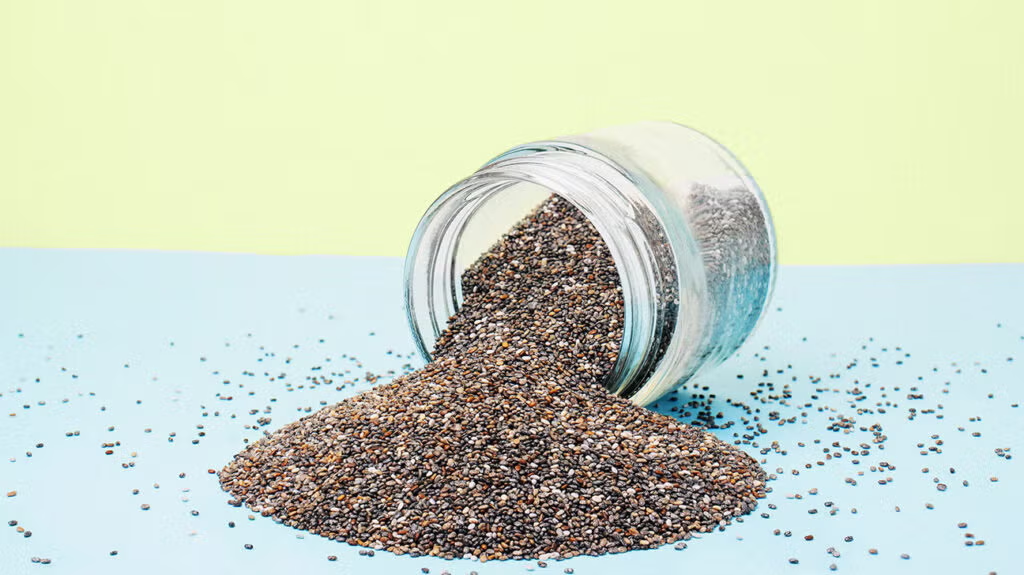
Chia seeds (Salvia hispanica) are native to Central America and were cultivated for centuries by ancient civilizations such as the Aztecs and Mayans. The word “chia” even means “strength” in the Mayan language, reflecting the seed’s energizing properties. Traditionally grown in regions with warm climates and well-drained soils, chia plants are drought-resistant and flourish in subtropical environments, making them ideal for cultivation in several parts of Latin America, Asia, and even Australia.
Over the past two decades, global demand for chia seeds has skyrocketed, driven by a surge in consumer interest in natural and plant-based health foods. This demand has transformed chia seed production into a booming agricultural sector across many countries.
The Global Chia Seed Market Landscape
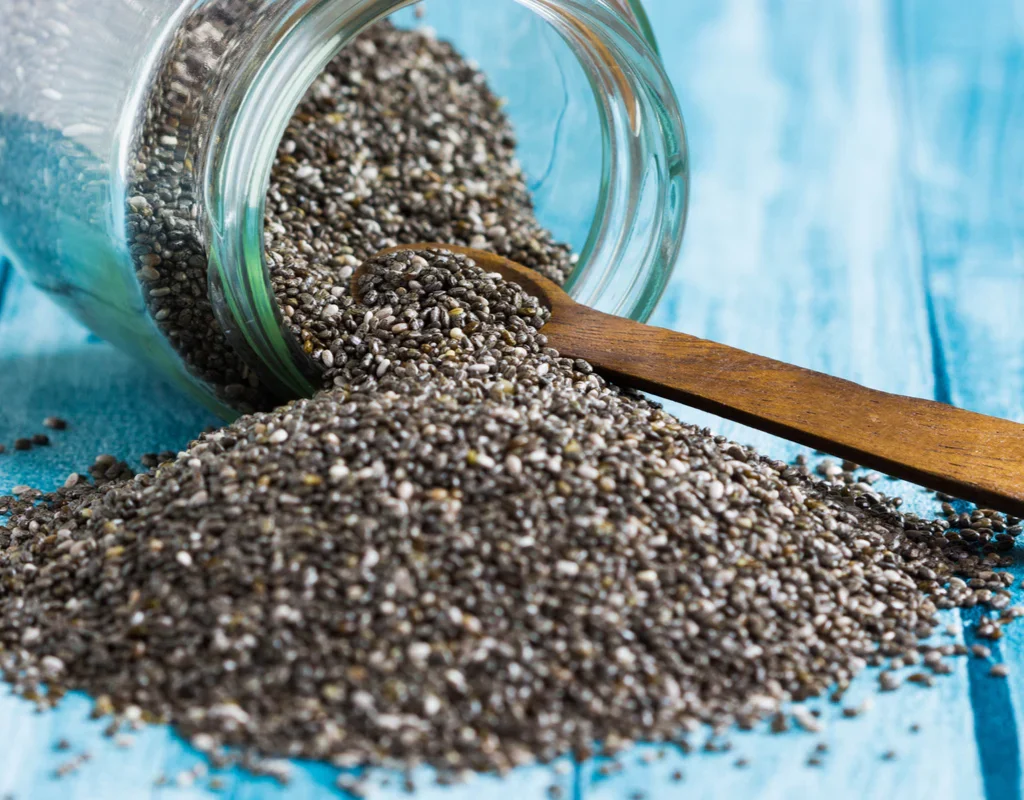
Before diving into the leading producer, it’s essential to understand how global chia seed production is distributed. The primary chia seed producing regions include:
- Latin America – Particularly Paraguay, Bolivia, Argentina, and Mexico.
- Australia – An emerging player with large-scale commercial farms.
- Africa and India – Smaller-scale production but growing rapidly.
- United States – More focused on imports and niche domestic cultivation.
The global chia seed market is highly competitive and continues to expand with rising demand in Europe, North America, and Asia-Pacific.
Paraguay: The Undisputed Leader in Chia Seed Production
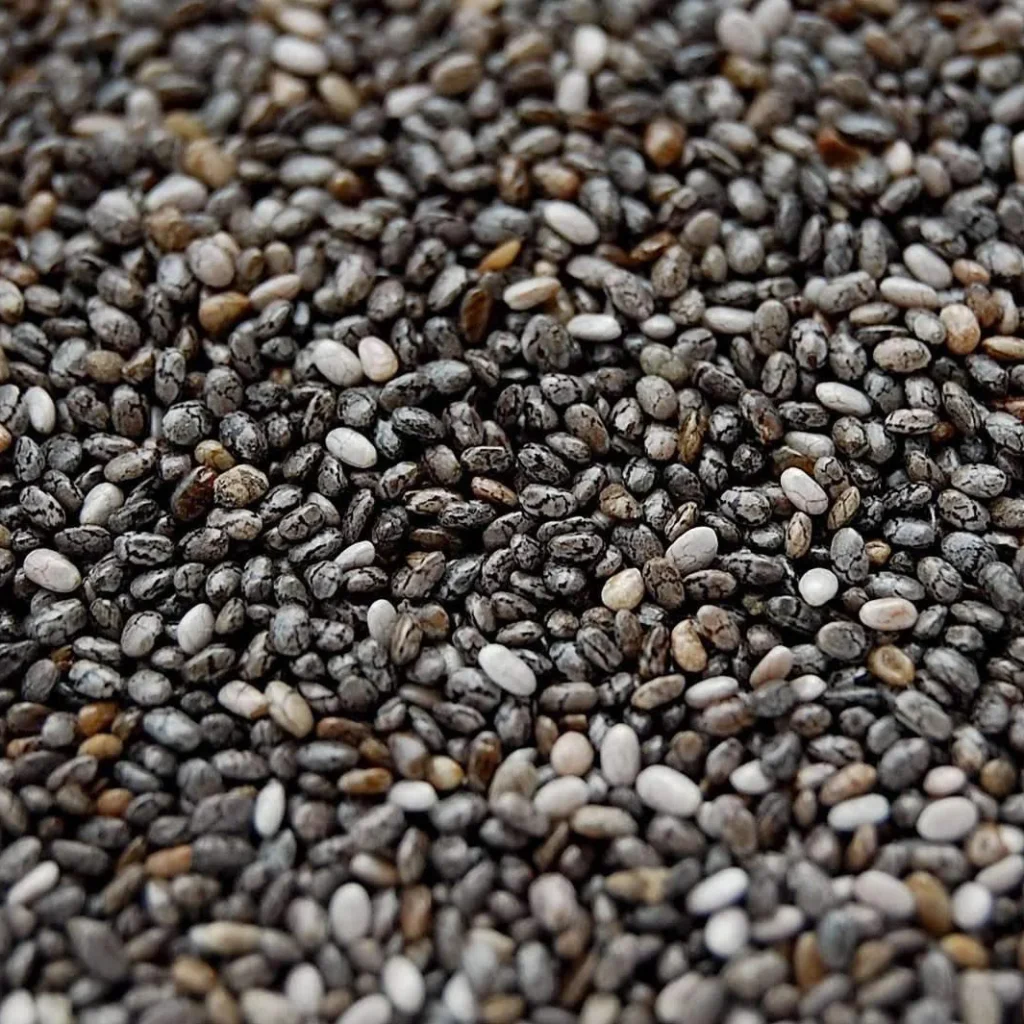
The Top Spot Goes to Paraguay
As of the latest available data, Paraguay is the largest chia seed producer in the world, surpassing other Latin American nations in both volume and export capacity. Paraguay’s ideal climate, fertile soil, and agricultural focus have helped it develop into a global chia powerhouse. In recent years, Paraguay has accounted for approximately 30% to 35% of global chia seed production, with exports reaching numerous international markets.
Why Paraguay Excels
Several key factors contribute to Paraguay’s dominance in the chia seed industry:
- Perfect Growing Conditions
Paraguay’s subtropical climate, abundant sunshine, and nutrient-rich soil provide optimal conditions for chia cultivation. The plant thrives in the country’s highlands and open fields, particularly in areas like Alto Paraguay and San Pedro. - Government and Private Sector Support
Agricultural development programs and incentives have encouraged local farmers and investors to expand chia cultivation. Export-friendly policies and partnerships with global buyers have also enhanced Paraguay’s position in the global market. - Export-Focused Economy
Paraguay produces chia mainly for export, with major destinations including the United States, Germany, Australia, Canada, and Japan. Chia seeds from Paraguay are known for their high quality, organic certification, and traceability. - Scalable Production
The country has rapidly increased its production capacity in recent years. Chia is often grown as a rotational crop with soybeans or corn, enabling farmers to make the most of their land and maximize yields.
Other Major Chia Seed Producers

1. Mexico
Often associated with the origin of chia, Mexico remains one of the top five global producers. Chia is primarily cultivated in the states of Jalisco, Puebla, and Oaxaca. However, limited land availability and domestic consumption have kept Mexico behind Paraguay in total export volume.
2. Bolivia
Bolivia has also emerged as a significant chia producer, especially in its eastern regions. Bolivian chia seeds are popular for their organic quality, although the country’s total production is still less than Paraguay’s. Bolivia exports chia primarily to Europe and North America.
3. Argentina
Argentina produces chia in its northern provinces like Salta and Jujuy. While it has suitable agro-climatic zones, Argentina faces competition from its northern neighbors and domestic agricultural policy shifts. Still, it contributes a notable portion of the global chia supply.
4. Australia
Australia is one of the few non-Latin American countries to invest heavily in chia farming. It offers highly mechanized, large-scale production in the Kimberley region of Western Australia. While Australia ranks lower in total volume, its chia seeds are known for premium quality and are mostly exported to health-conscious markets in Asia and the Pacific.
Emerging Players: India and Africa
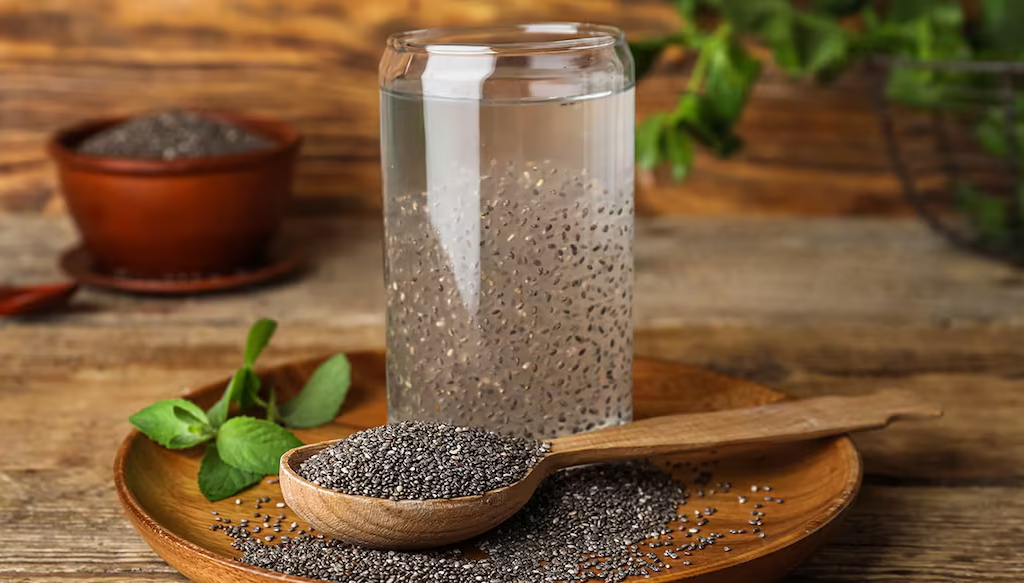
India has recently begun exploring chia cultivation, especially in the southern states of Karnataka and Tamil Nadu. With growing health awareness and the rise of vegan diets, India’s domestic market for chia seeds is increasing, and the country may soon become a notable producer.
Similarly, African nations such as Uganda and Kenya have shown promise. With favorable climates and access to European markets, these countries could eventually become competitive players in chia seed farming.
The Economic and Health Impact of Chia Farming in Paraguay
Chia seed production has become an economic lifeline for many rural communities in Paraguay. Small and medium-sized farmers have embraced chia farming due to its low input costs and high export value. Moreover, international demand for certified organic and non-GMO products has given Paraguayan farmers access to premium markets.
From a health perspective, increased domestic consumption of chia seeds in Paraguay has promoted better nutrition among the local population. Rich in fiber, protein, and omega-3 fatty acids, chia seeds are being incorporated into school meals, local diets, and even livestock feed.
Challenges Facing the Chia Seed Industry
Despite its growth, the chia seed industry also faces several challenges:
- Price Volatility: Overproduction and fluctuating demand can lead to unstable market prices.
- Lack of Research: More scientific studies are needed on optimal growing conditions and hybrid varieties.
- Market Saturation: As more countries enter chia cultivation, competition could drive down prices.
- Climate Change: Droughts and unpredictable weather patterns may impact yield consistency.
Paraguay, however, has shown resilience by focusing on quality control, sustainable farming practices, and strong international marketing.
Conclusion: Paraguay Holds the Crown
To conclude, Paraguay stands as the largest chia seed producer in the world, leading the global market with high-quality, export-ready seeds. Its superior climate, robust farming infrastructure, and international trade connections have positioned it well ahead of competitors like Mexico, Bolivia, and Argentina. As demand for chia seeds continues to grow due to rising health trends and plant-based diets, Paraguay’s role is likely to remain central in meeting global needs.
Future projections suggest that with continued investment in technology, sustainability, and global partnerships, Paraguay will not only retain its leadership but also set new standards for the chia seed industry worldwide.



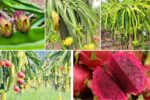

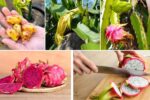
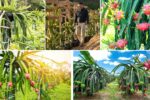
Leave A Comment